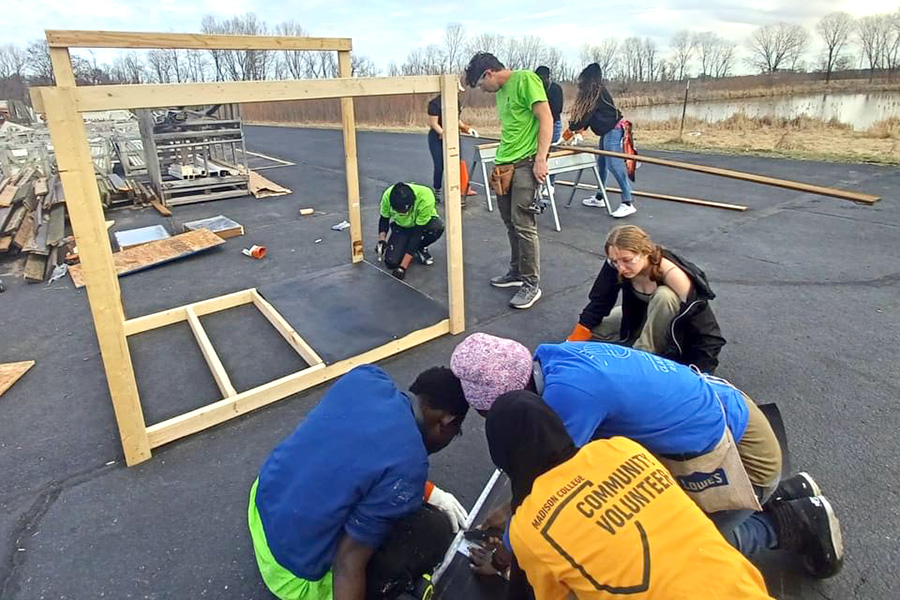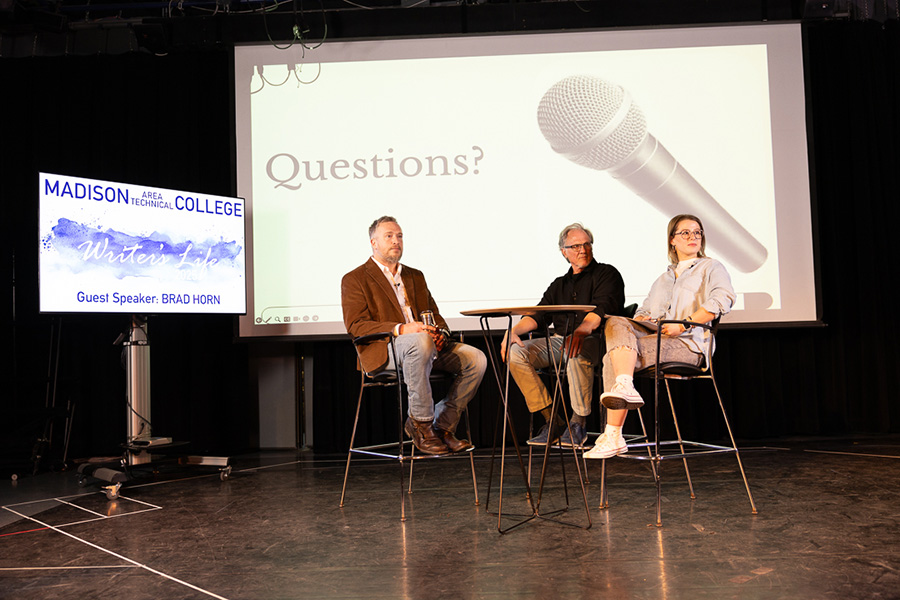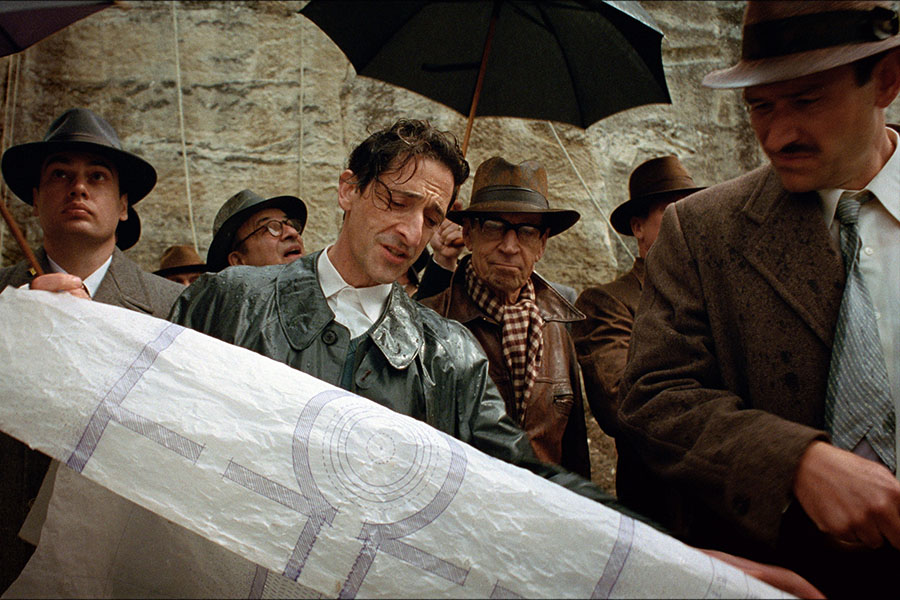In early December, the Obama administration’s transportation secretary, Ray LaHood announced that he would re-direct monies allocated for the construction of Wisconsin’s high-speed rail to other states. There will be no passenger train providing an additional transportation option to Madisonians for the foreseeable future. This is enormously unfortunate for Madison and for Wisconsin and it is, in no small part, because of the deplorable actions of the newly sworn in Walker administration.
The high-speed rail segment connecting Madison to Milwaukee would have been among the first segments of what eventually will be a nation-wide, high-speed rail network President Obama spoke of in his second state of the union address in January 2010. Future segments would include connecting Madison to the Twin Cities, a crucial inter-city corridor.
Wisconsin was designated to receive $810 million that would have covered 100 percent of the Madison-Milwaukee segment and accompanying rail-related construction and improvements. No state dollars would have been required unless the initial $810 million sum was surpassed
Halting what he called a “boondoggle” was one of the issues that newly elected Wisconsin governor Scott Walker campaigned on. His claim was that high-speed rail was an unnecessary expenditure for a state and country whose economy was struggling and attention should be better spent on the state’s more pressing infrastructure needs.
Walker’s also maintained that Wisconsin should not be indebted with a minimum $7.5 million subsidies requirement when faced with a $3 billion budget shortfall. And it was his aim to get the $810 million reallocated to “repair our crumbling roads and bridges.” This plan was all but a pipe dream.
The American Recovery and Reinvestment Act of 2009 expressly designated the funding for the high-speed rail here in Wisconsin, as elsewhere, for that purpose. Therefore any change in the designation of these funds could only be approved by an act of Congress and signed by the president.
This reallocation was unlikely and now with the money already redirected to states such as California ($624 million) and Florida ($342 million) among others, this reallocation dream sits only slightly higher than an impossibility.
As Amtrak reports nearly a decade of almost steady growth and annual ridership increases, it’s clear that people today are choosing, at greater frequency, a greener and in many cases, more convenient mode of transportation. It is the aim of high-speed rail to make train travel even more convenient and subsequently, even more appealing.
In November 2010, Illinois governor Pat Quinn remarked that “these record numbers provide us with a glimpse of what is possible with future high-speed rail,” and that “Illinois will serve as the hub of a Midwest high-speed rail network that will provide travelers with a reliable and efficient travel option while attracting business that are demanding a 21st Century transportation system.”
Obviously, Walker doesn’t agree. Wisconsin’s part in a Midwest branch of a nationwide high-speed rail network has been indefinitely delayed with the revocation of the rail-designated funds. According to Kristin Czubkowski of The Capital Times, this is the best-case scenario.
The worst is that “it opens the door for a rail line between the two metro areas that skirts Wisconsin entirely, running from Chicago to Dubuque, Iowa, and then north through Iowa and southern Minnesota.” This would exclude Wisconsin from the benefits a high-speed rail system could potentially bring to the state.
In Madison, this means the indefinite delay of plans for the redevelopment of the downtown area where the originally proposed train station was to be built. Mayor Dave Cieslewicz had plans including a public market, a bike parking facility, and a multi-modal transit center, with the train station serving as the lynch pin to make them all possible in the foreseeable future.
This also means the end for Restaurant Magnus in downtown Madison, whose revamped business model and newly named restaurant at the same location, Velo Bahn, can no longer go forward without the projected influx of rail passengers.
Walker wanted to save Wisconsin from being indebted with the responsibility of $7.5 million in annual rail subsidies, the possibility of rail maintenance, and by refusing to take what some are calling “the new pork.” A noble, albeit shortsighted, goal, but by refusing the government funding, the cost to the state will be far greater according to memorandum released by Rep. Mark Pocan and compiled by fiscal analyst Jon Dyck.
Wisconsin will not only lose $810 million of free money, the state would be required to directly repay the federal government $14.5 million and be responsible for covering costs associated with the rail project that have already been promised and these projects costing taxpayers a measly sum of $101.3 million. For those doing the math, that’s roughly 15 years of rail subsidies and we still have no train and our roads and bridges are still “crumbling.”
Some have argued that due to the current fiscal environment, now isn’t the best time to implement a high-speed rail system, but there’s never a perfect time. There will always be demand for money elsewhere. Wisconsin shouldn’t limit itself to car and air transportation alone and let the rest of the industrialized world pass us by. We should plan for the future.

























